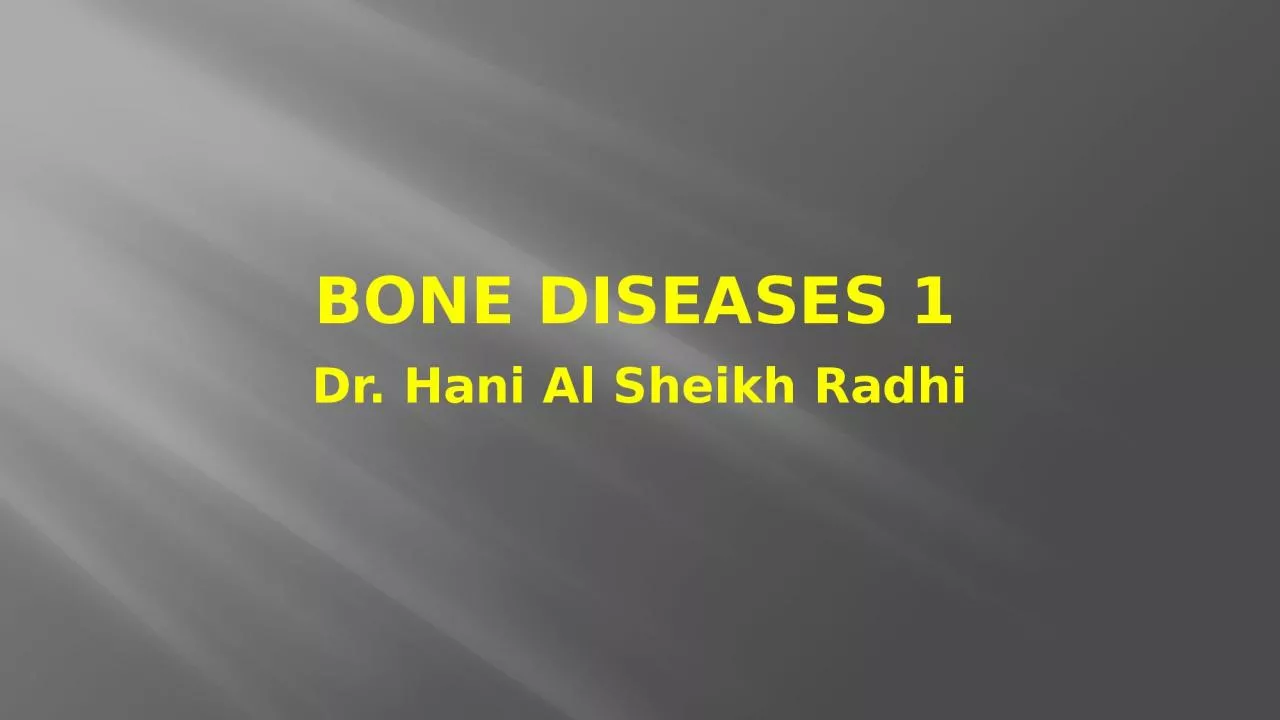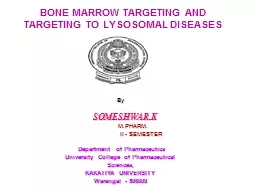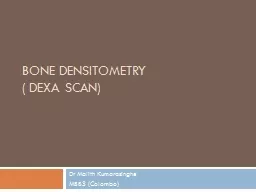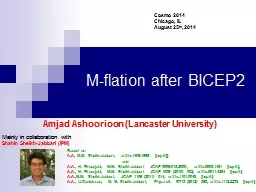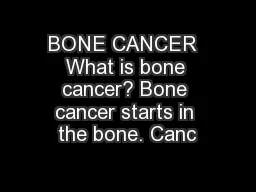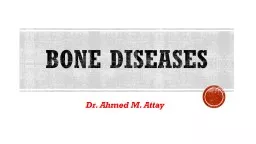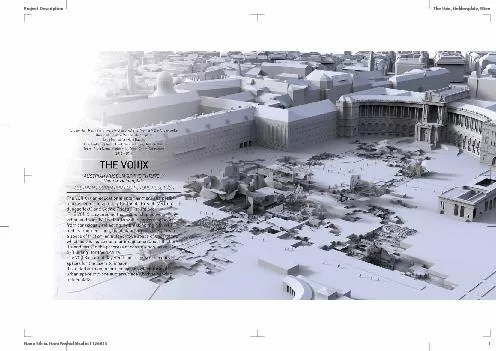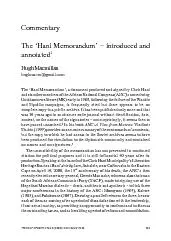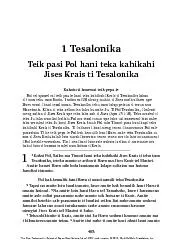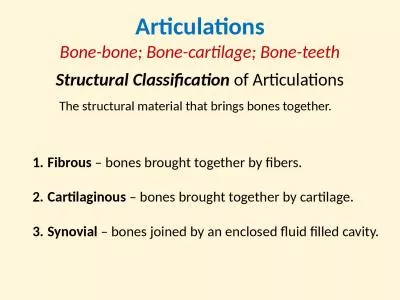PPT-Bone Diseases 1 Dr. Hani Al Sheikh
Author : bery | Published Date : 2022-06-15
Radhi Types of Bone Intramembranous Endochondral epiphyseal bone Intramembranous Small bones Immediately from Mesynchymal cells Mesynchymal cells change into
Presentation Embed Code
Download Presentation
Download Presentation The PPT/PDF document "Bone Diseases 1 Dr. Hani Al Sheikh" is the property of its rightful owner. Permission is granted to download and print the materials on this website for personal, non-commercial use only, and to display it on your personal computer provided you do not modify the materials and that you retain all copyright notices contained in the materials. By downloading content from our website, you accept the terms of this agreement.
Bone Diseases 1 Dr. Hani Al Sheikh: Transcript
Download Rules Of Document
"Bone Diseases 1 Dr. Hani Al Sheikh"The content belongs to its owner. You may download and print it for personal use, without modification, and keep all copyright notices. By downloading, you agree to these terms.
Related Documents

